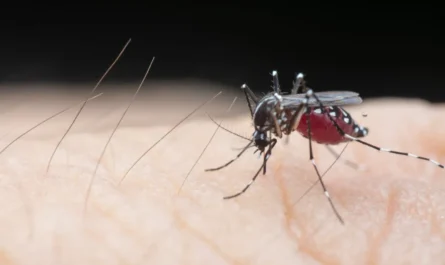A groundbreaking invention by a team of engineers from UCLA may soon transform the lives of individuals with voice disorders, offering hope to those with dysfunctional vocal cords or recovering from laryngeal cancer surgeries. Published in the journal Nature Communications, the innovative bioelectric system developed by Professor Jun Chen and his colleagues opens new possibilities for communication through a soft, stretchy wearable device that detects laryngeal muscle movements and translates them into audible speech with remarkable accuracy.
The compact device, measuring just over 1 square inch, comprises two key components: a self-powered sensing element that converts muscle movement signals into electrical signals, and an actuation component that transforms these signals into speech using machine learning. The device’s sophisticated design incorporates biocompatible materials and magnetoelastic sensing mechanisms to capture changes in magnetic fields generated by laryngeal muscle motion.
Weighing a mere 7 grams and with a thickness of 0.06 inches, the device can be comfortably worn on the skin near the throat using double-sided biocompatible tape. This non-invasive solution eliminates the inconvenience and discomfort associated with existing options like handheld electro-larynx devices, offering a promising tool for communication during pre-treatment and recovery periods for voice disorders.
Voice disorders affect individuals of all ages and demographics, with up to 30% of people likely to experience such conditions in their lifetime. While traditional treatments often involve lengthy recovery periods, the AI-assisted wearable device presents a more efficient and user-friendly alternative. In experimental trials involving healthy adults, the device demonstrated an impressive 94.68% prediction accuracy in translating laryngeal muscle movements into spoken words, amplifying the participants’ voices through the actuation component.
Moving forward, the research team aims to expand the device’s vocabulary through machine learning and conduct further testing on individuals with speech disorders. With a focus on enhancing communication accessibility and quality of life for those with voice impairments, this innovative technology represents a significant step towards empowering individuals to express themselves effectively and confidently.
The research paper also credits UCLA Samueli graduate students Ziyuan Che, Chrystal Duan, Xiao Wan, Jing Xu, and Tianqi Zheng as key contributors to the project, highlighting the collaborative efforts driving advancements in wearable bioelectronics research.
Note:
1. Source: Coherent Market Insights, Public sources, Desk research.
2. We have leveraged AI tools to mine information and compile it.



